A former teacher fulfills her dream of being an artist – Germany’s Traveling Installation Artist creating astounding LandArt across the globe
Cornelia Konrads.
A name that is synonymous with brilliant execution of unique concepts.
She is one artist whose playground is the world.
Literally.
She chooses a site and uses the natural resources to create a masterpiece that is a unique collaboration of nature and human intervention of our culture. Her art seems to defy gravity itself, floating just above the ground as if elements unravelling up towards the sky. Working its way up from the ground, it crosses boundaries of conventional design into a delicate balance in space and time.
We had the chance to drag her away from her current art project, long enough to answer few of our questions.
How did it all begin for you? What was your first ever inspiration that spurred you into this path?
My parents thought, giving me a pencil and a piece of paper was the best way to keep me silent on my place, may be that’s how it all started…
Later, I worked as a teacher and did my artwork (painting, drawing) beside the job. I learned printing techniques on my own and started to exhibit paintings, drawings and prints. It was quite successful and one day, I received a grant, which encouraged me to quit my job and become freelancer. Then I worked for a while as assistant for an elder sculptor, who taught me a lot, about art in general and sculpture in particular.
This, and another job as assistant for stage design at a small theatre introduced me to more 3-dimensional work and the question how to relate to a given space. I became increasingly intrigued by site specific installations through some Landart exhibitions I saw.

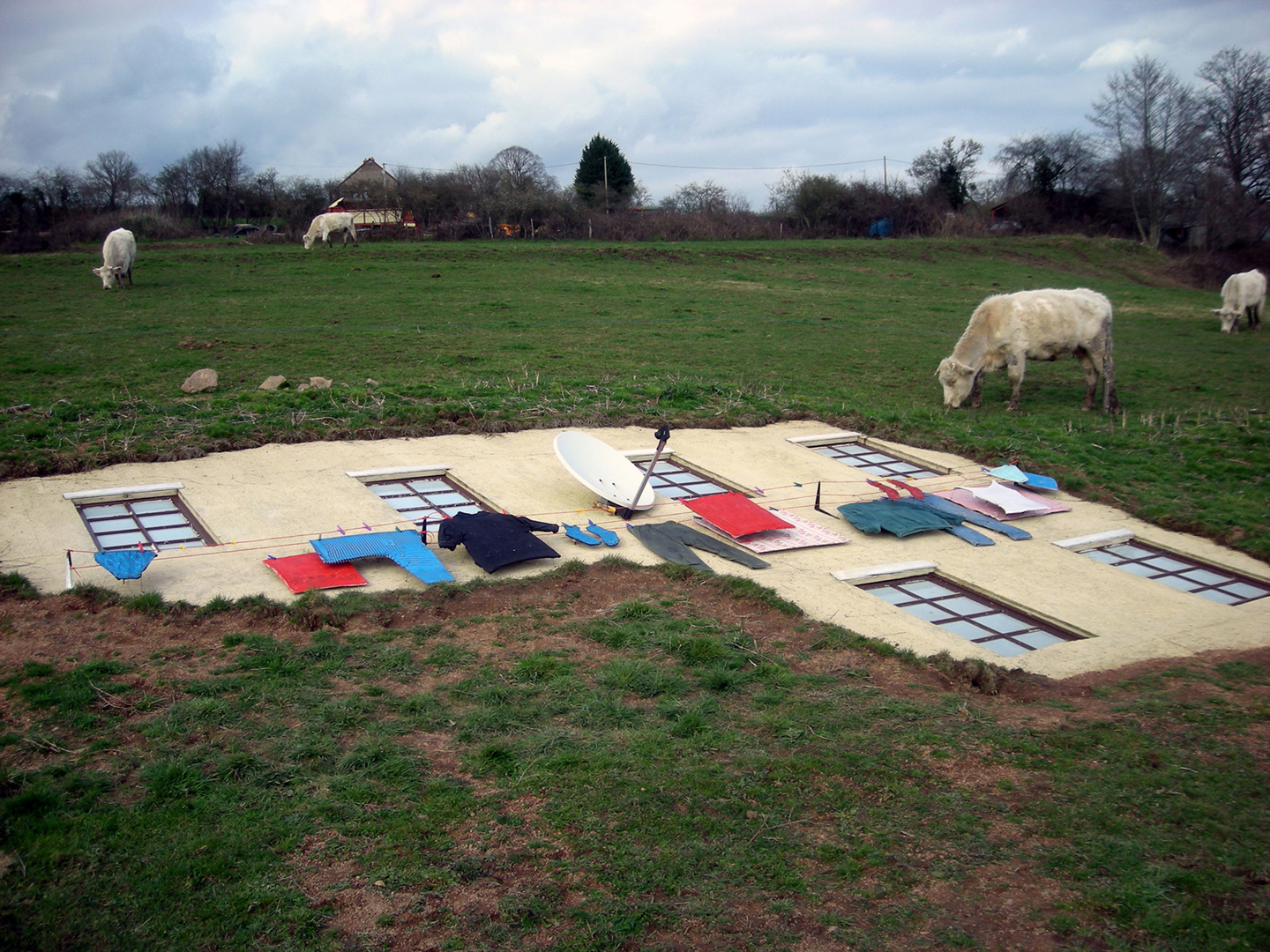
Shelter, 2007
A site is not neutral, you can’t just put up whatever there, you have to respond to what is given.
This is an interesting challenge for me.
So I started with small interventions on hiking tours and it became more and more important.
I can’t say, what was “the first inspiration ever”, but f.e. I was always fascinated by the construction skills of animals: spider nets, termite hives, bird’s and wasp’s nests – all this is ingenious site specific work!
Besides this I sometimes love to create small objects from my collection of found things, which is just pure and open play, light and without calculation.
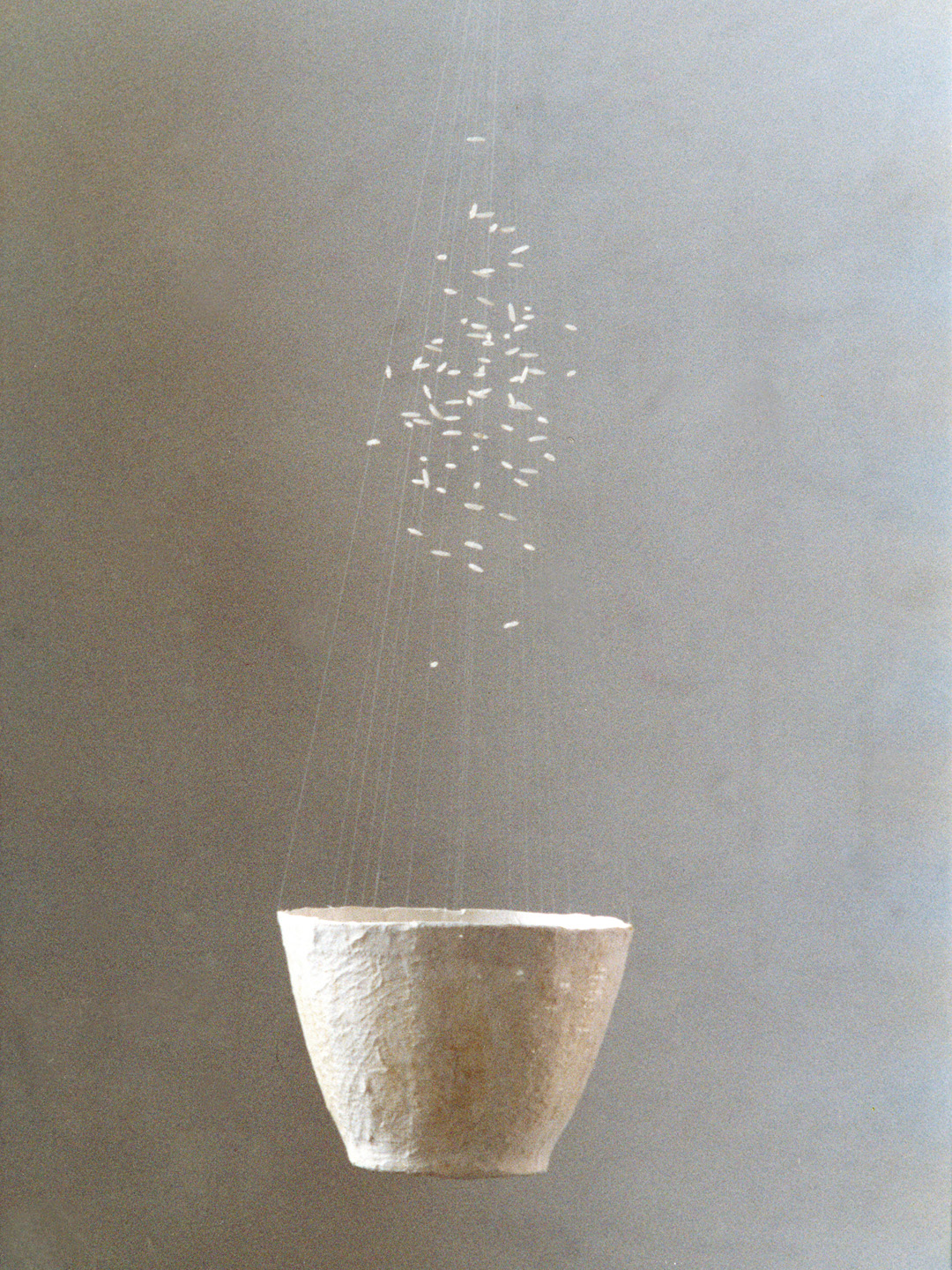
Was der fall ist (2004)
Different people grow up dreaming about becoming different things. Did you always aspire to be an artist?
I did always aspire to be an artist, but it took me a while and some courage to understand, that this is really a feasible way for me.
Creating an artwork, for some, is a journey. What does it mean for you?
I like the image of a journey for the creation of artwork. Life is a journey and art reflects life. Literally my site specific works are always preceded – and followed – by a journey. In a certain way, this journey is a part of the work. I refer to it, and I speak about aspects of traveling: passage, movement, transformation, transience.
Do you have a favourite among all your projects?
My favourite is always the next one.
Looking back I prefer those projects where nobody asked a previous idea or proposal, so I was really free to invent something unexpected – f.e. “Walkaway” in South Africa 2013, “Knotty stilts” in Bakersfield CAL 2011, or “Billabong memory” in Australia 2005.
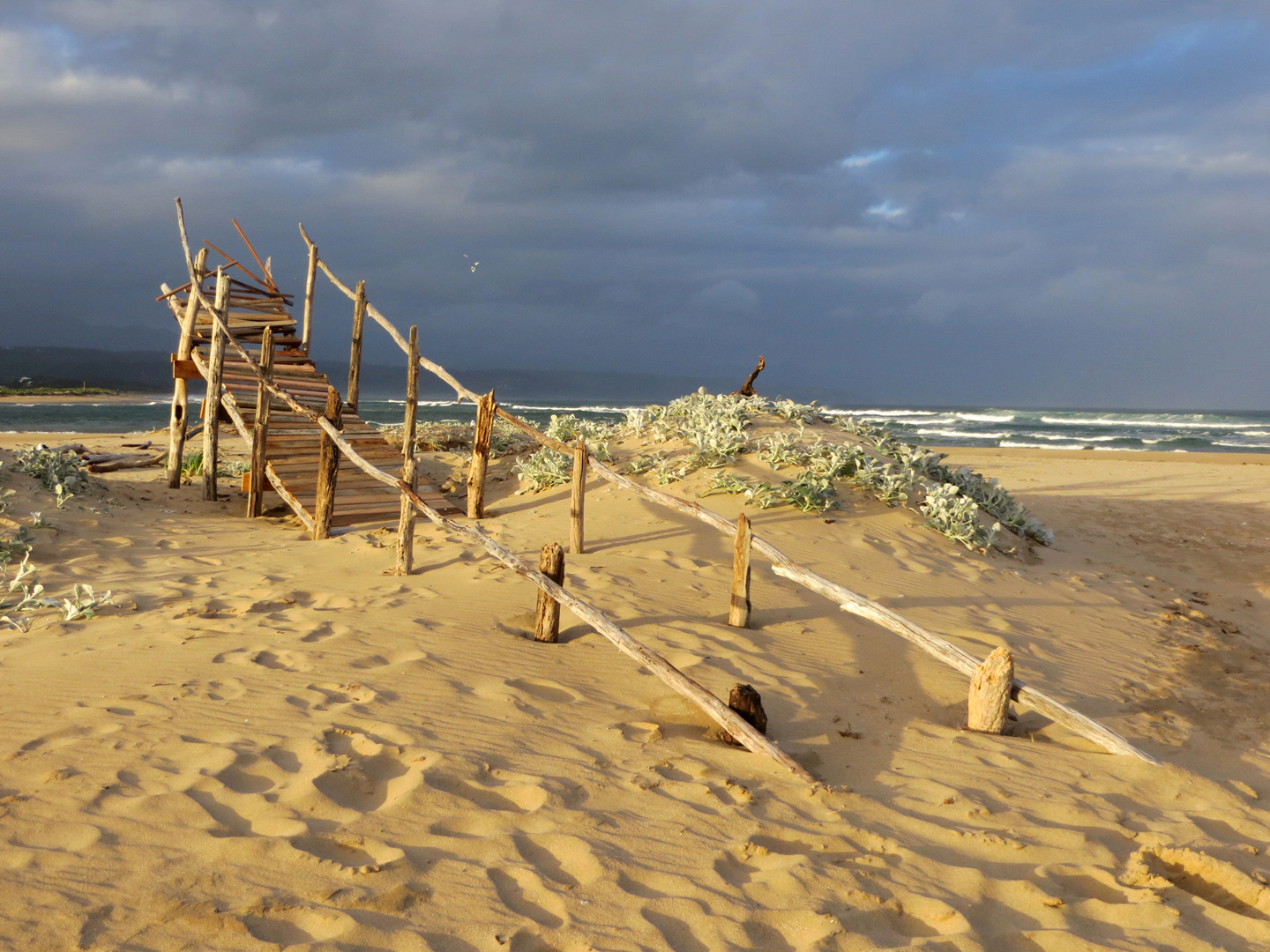
Walkway (2013)
My favourite is always the next one!
Can you tell us a little about the technicality and the process?
All I know about technique I learned by doing and watching. Sometimes I have local helpers – this collaboration is very important and interesting for me: to learn about local skills, traditions and techniques in different countries and cultures.
About the process I can say, that the most difficult part of it is to reduce and to decide when it’s finished.
How much approximate time does it take for you to complete a piece?
Around 2-3 weeks.
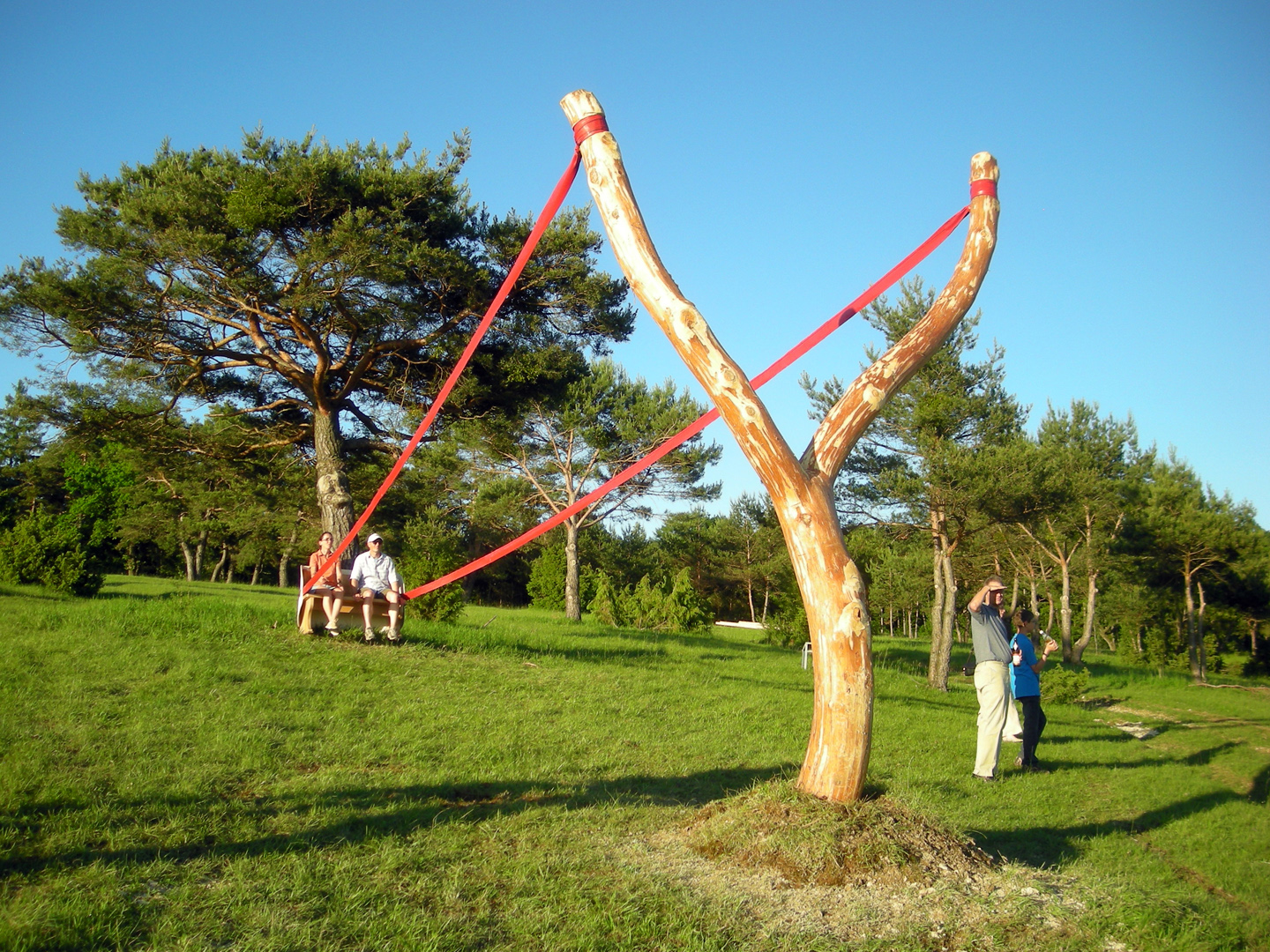
Schleudersitz (2010)
How do you chose a particular sight/land for an installation?
My first approach to an unknown area is always: walking – without a certain destination.
I follow the attraction of marks and constellations of the landscape, shapes, sounds, smells, tracks, light situations.
During those walks, I collect in my mind what lies on the edge of the path: incidents, materials, characteristics of the local architecture or vegetation – until I come to a place, where all these observations condense into an image.
I know, that I’ve found “my site“, when immediately three aspects come together: a clear image, I can visualise there, the technical possibilities and a senseful relation to the information I picked up on my way.
This is a very precise feeling. The site is not just a “background” for me, but a texture.
The goal is, that my work becomes a part of this texture.
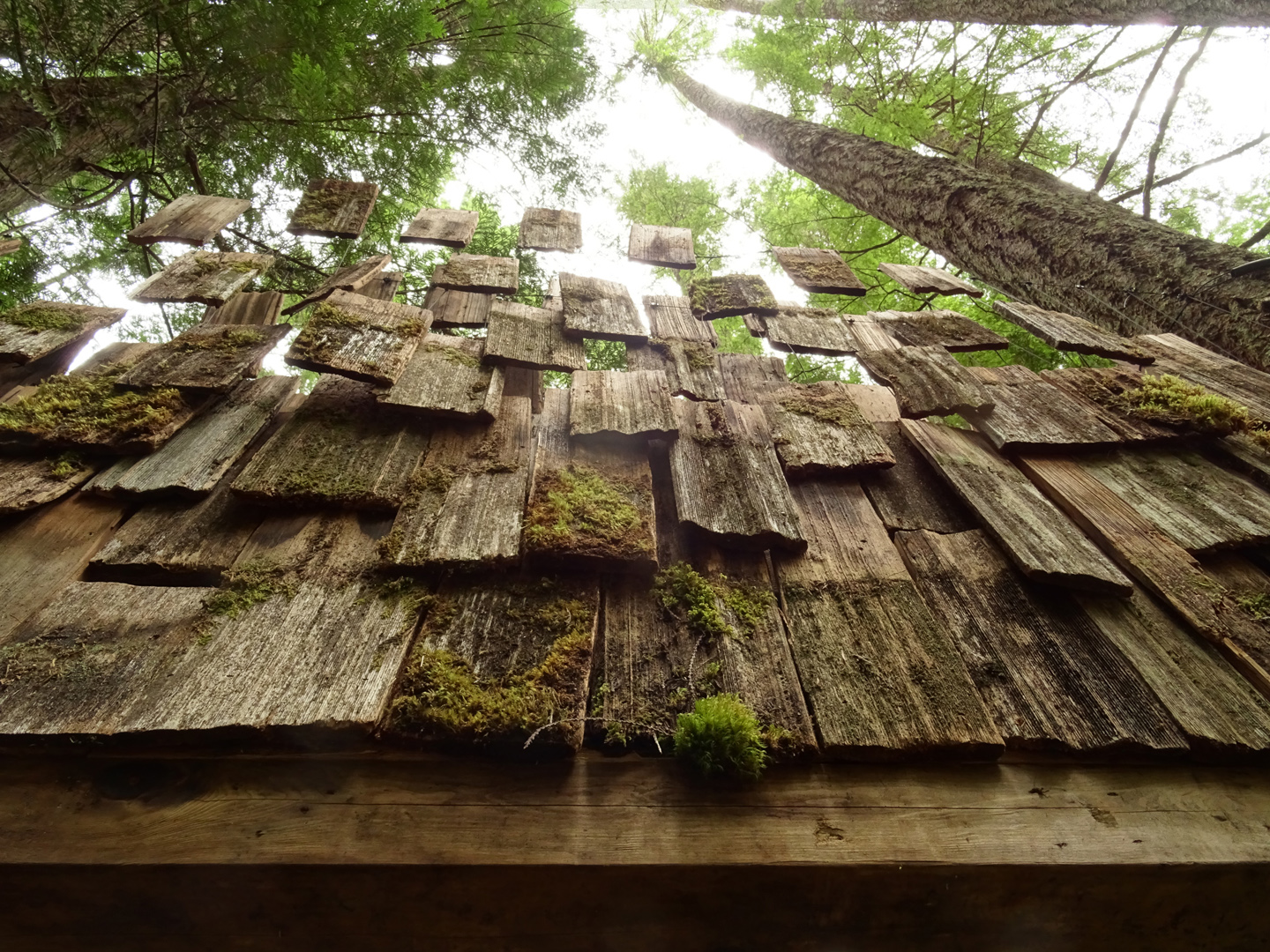
Tinkers (2016)
What are you working on right now?
Right now I’m preparing my next work, it will be in Switzerland, a kind of bizarre archaeological excavation site.
As always, I hope to surprise, irritate and make smile.
With the world changing so rapidly right now, all this chaos and dissention. In the words of Toni Morrisson – “This is precisely the time when artists go to work.” What are your thoughts on this?
I’d like to quote a poem of Friedrich Hölderlin:
“Where there is danger, the powers of salvation grow as well”.
Or Pina Bausch, a contemporary dancer, I like a lot – she said: “Dance! Otherwise we’re lost!”
Anything else you would like to say? A message to the world perhaps?
Always remember, that life is mysterious, transient – and analogue!
“Always remember, that life is mysterious, transient – and analogue!”
– Cornelia Konrads
Site Installations
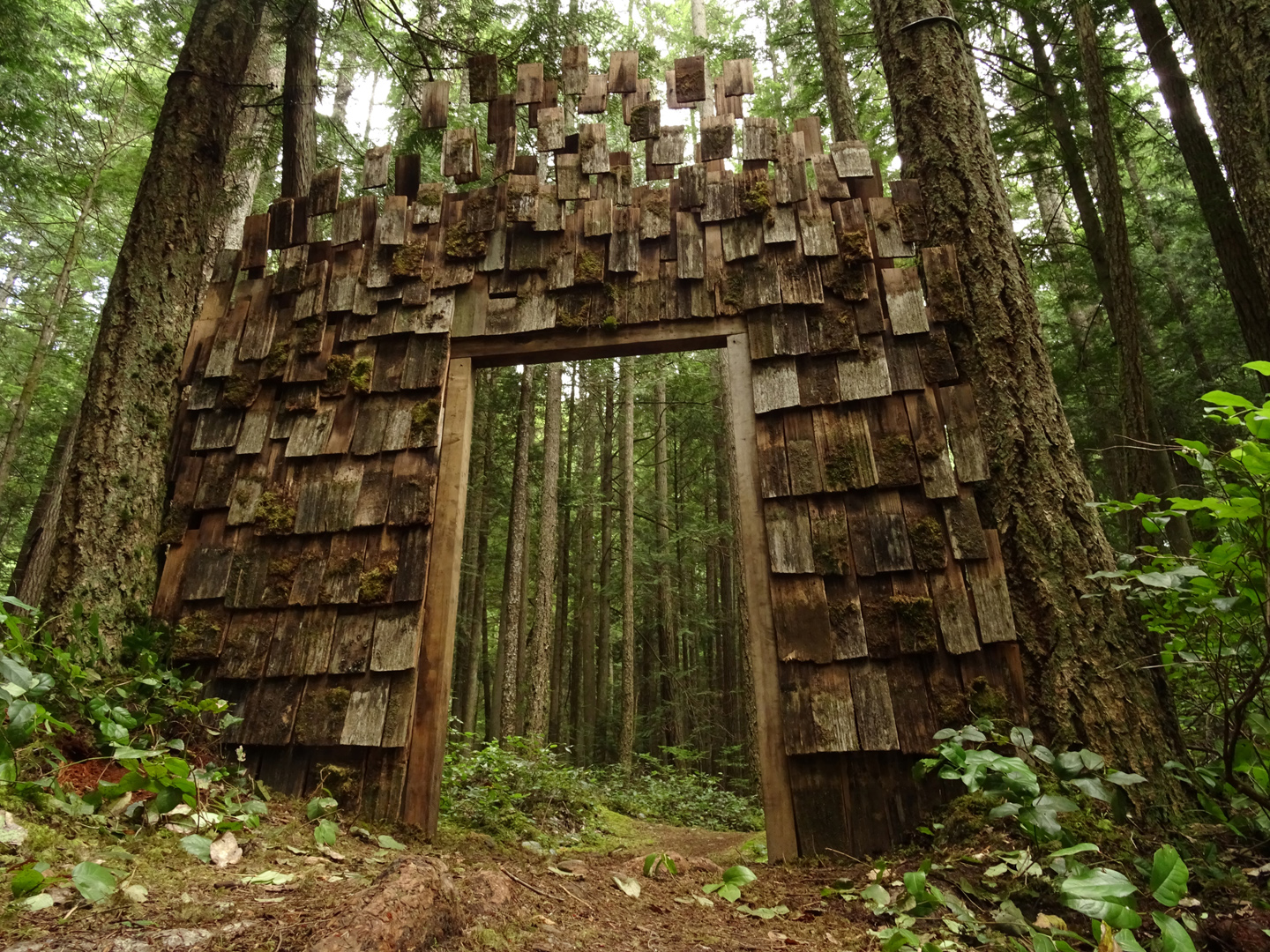 Tinkers (2016)
Tinkers (2016)
Mt. Elphinstone Provincial Park, Roberts Creek

Sandbank (2014)
Kunstsommer St. Märgen — Galerie Ars Alta, St. Märgen, Germany

Settlement (2010)
Mitchelstown Road, Cahir, Ireland
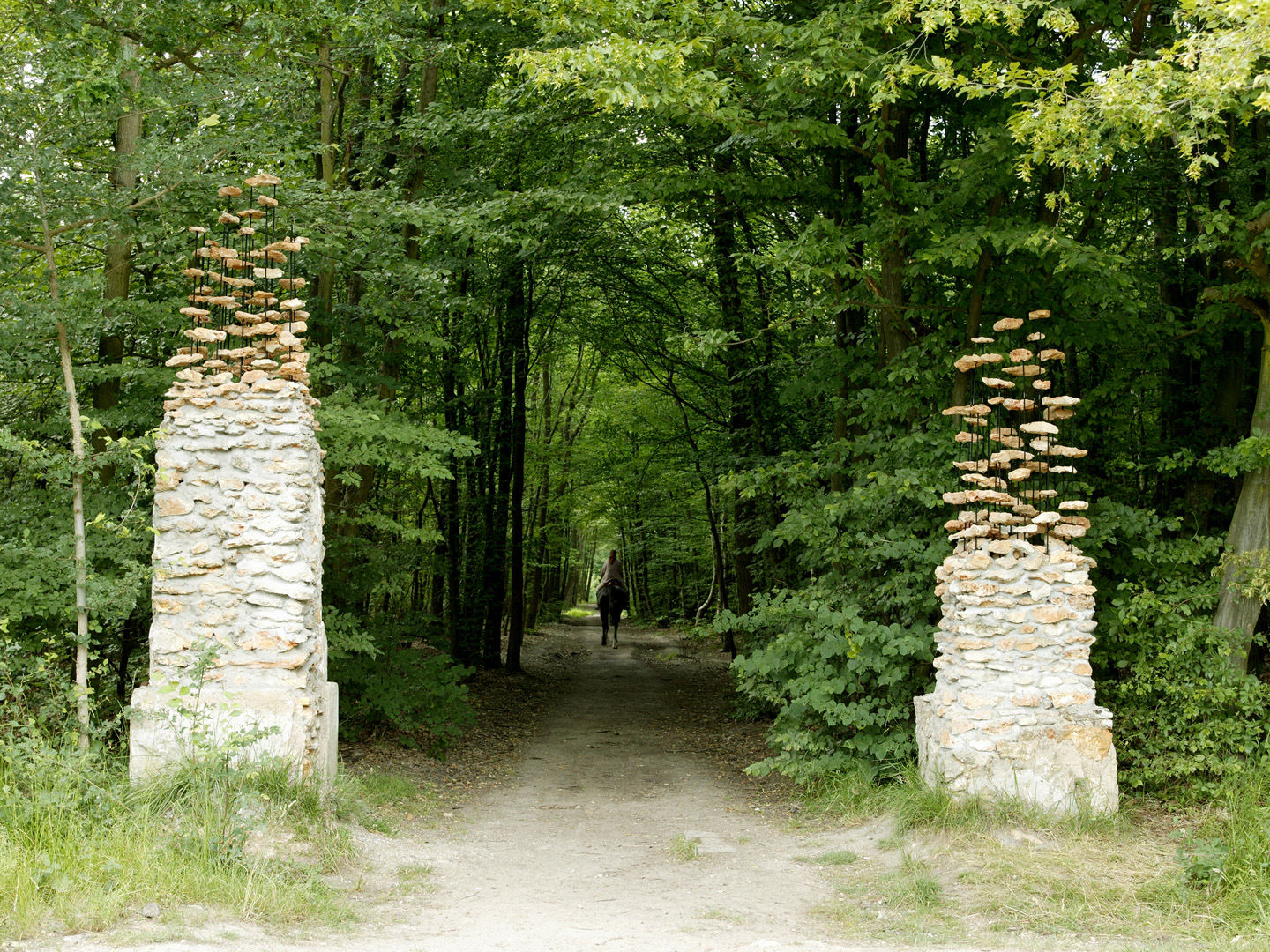
The Gate (2004)
SenArt en Forêt, Fontainebleau, France
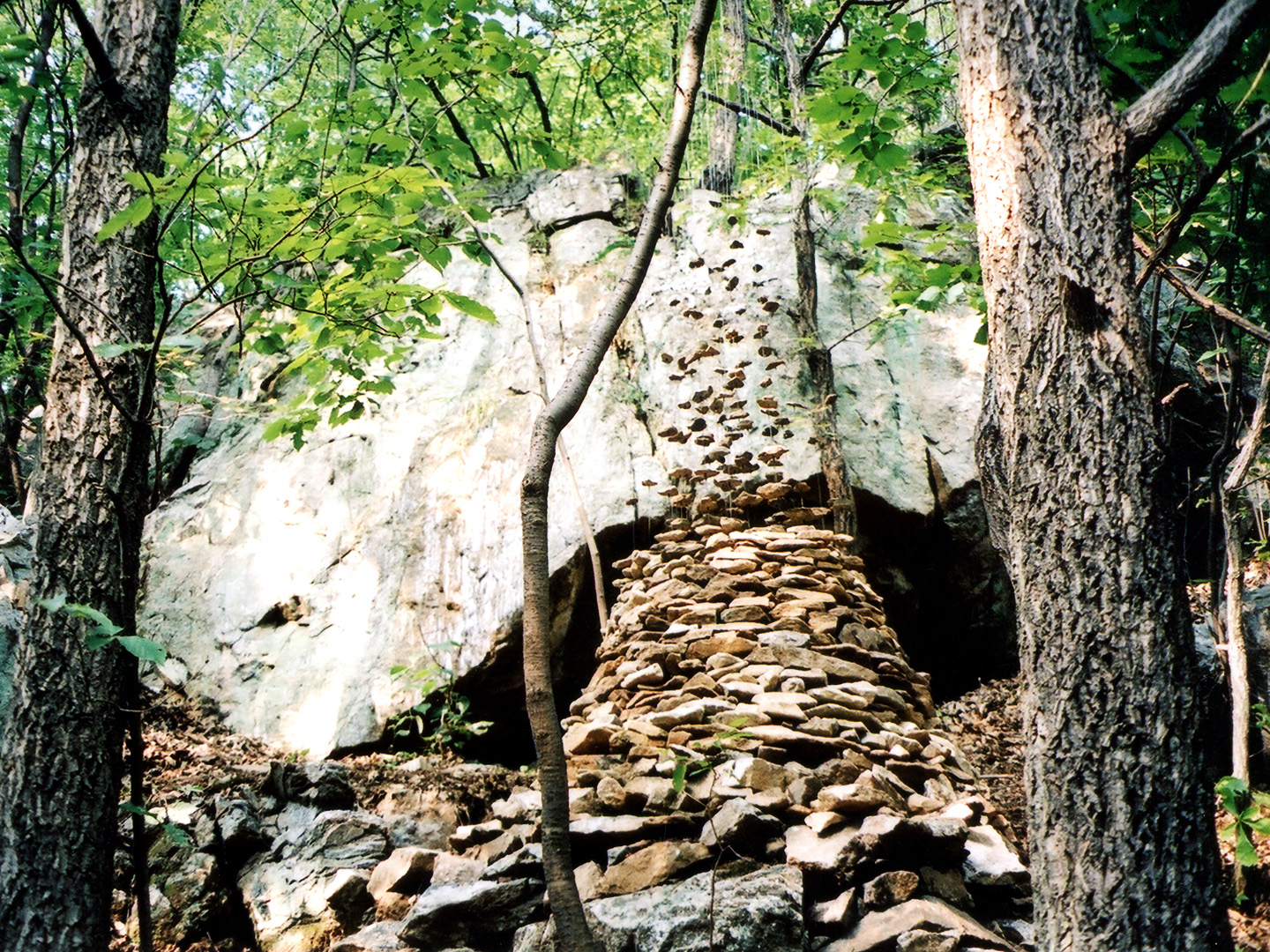
Pile of Wishes (2004)
Nature Art Biennale Gongju, Korea
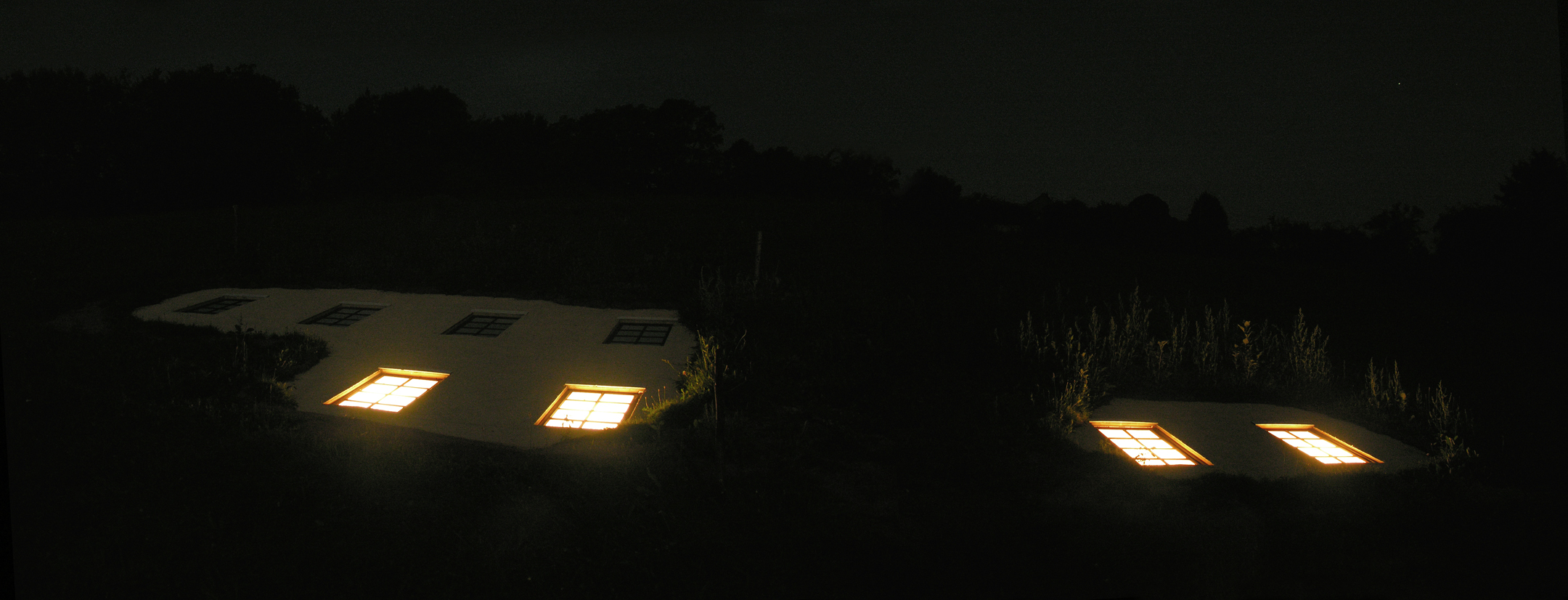
l’abri/The Shelter (2007)
Les Territories occupées, Corbigny, France

Red Pavillon (2007)
Guandu International Outdoor Sculpture Exhibition, Taipeh (Taiwan)

Grass Works (2002)
Stand Orte, Dreieich (Germany)
Objects
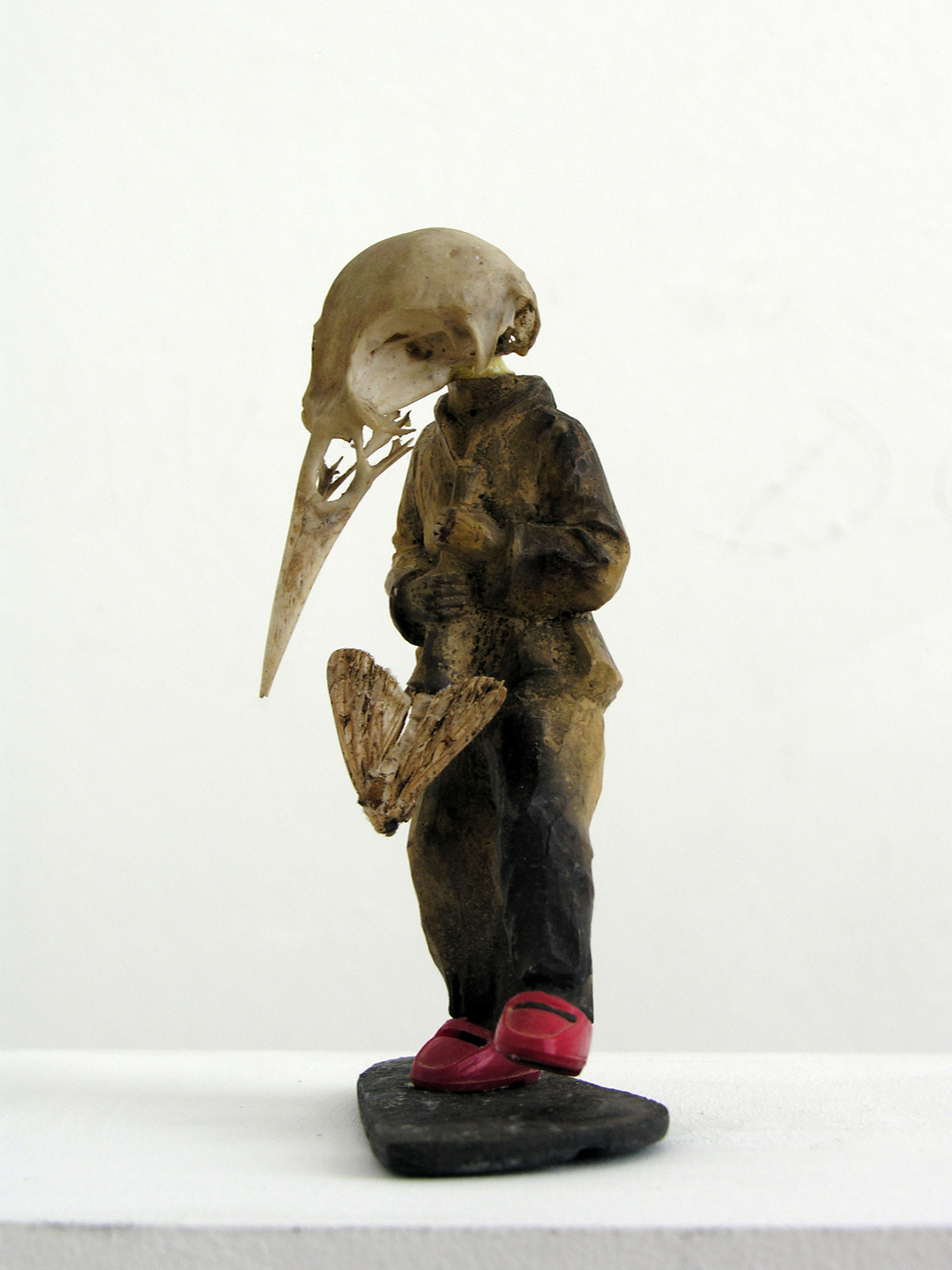
Traumtänzer (2012)
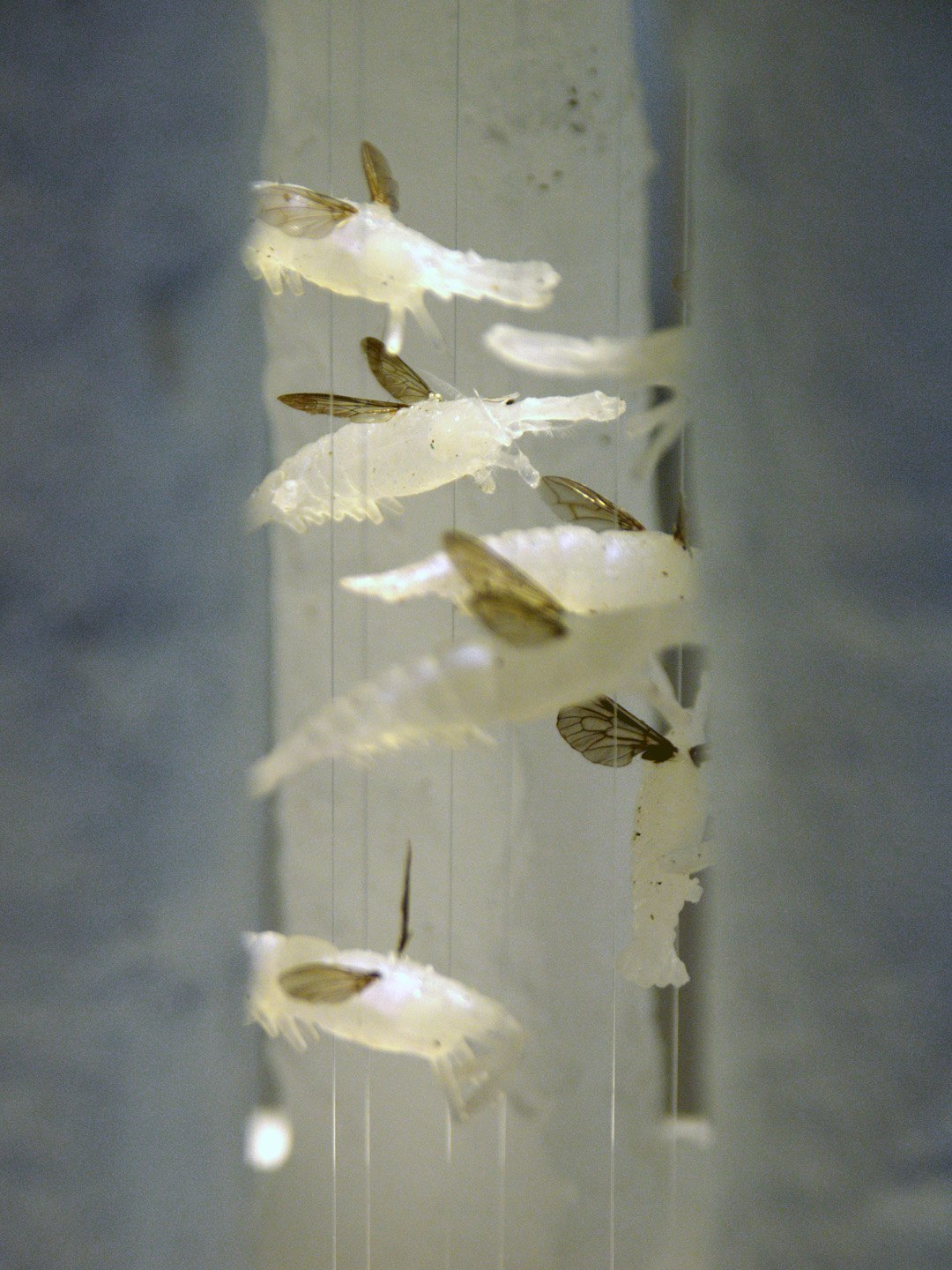
Seafood Temple (2009)
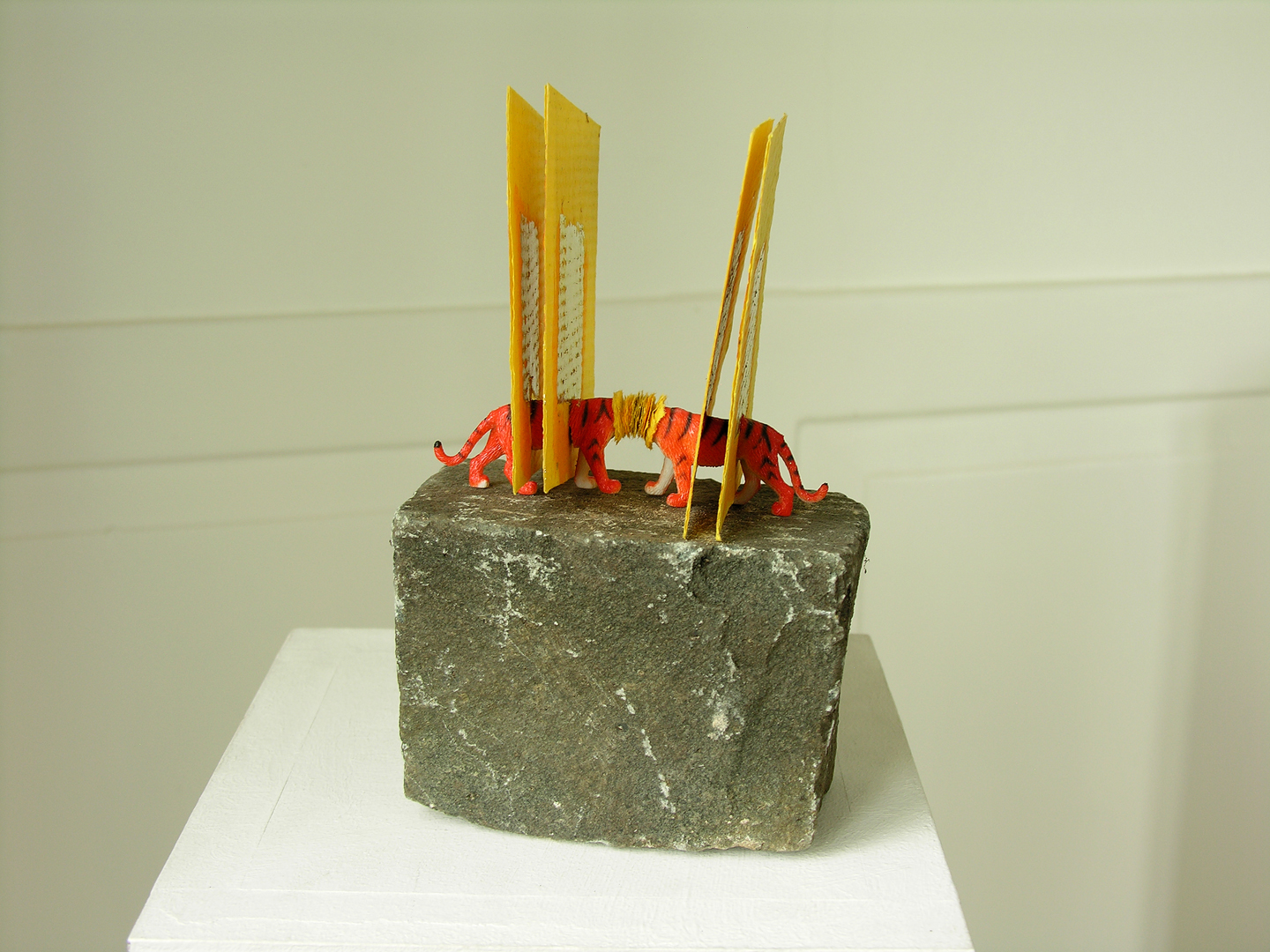
Zeitiger (2013)

11 tage (2000)
If you wish to enjoy more of Cornelia’s art pieces, visit her website here.
Love it? Share it 🙂
For more updates on Art, Culture and Stories, like & follow us on facebook.
- Click to share on X (Opens in new window) X
- Click to share on Facebook (Opens in new window) Facebook
- Click to share on Reddit (Opens in new window) Reddit
- Click to share on Tumblr (Opens in new window) Tumblr
- Click to share on Pinterest (Opens in new window) Pinterest
- Click to share on WhatsApp (Opens in new window) WhatsApp

You must be logged in to post a comment.